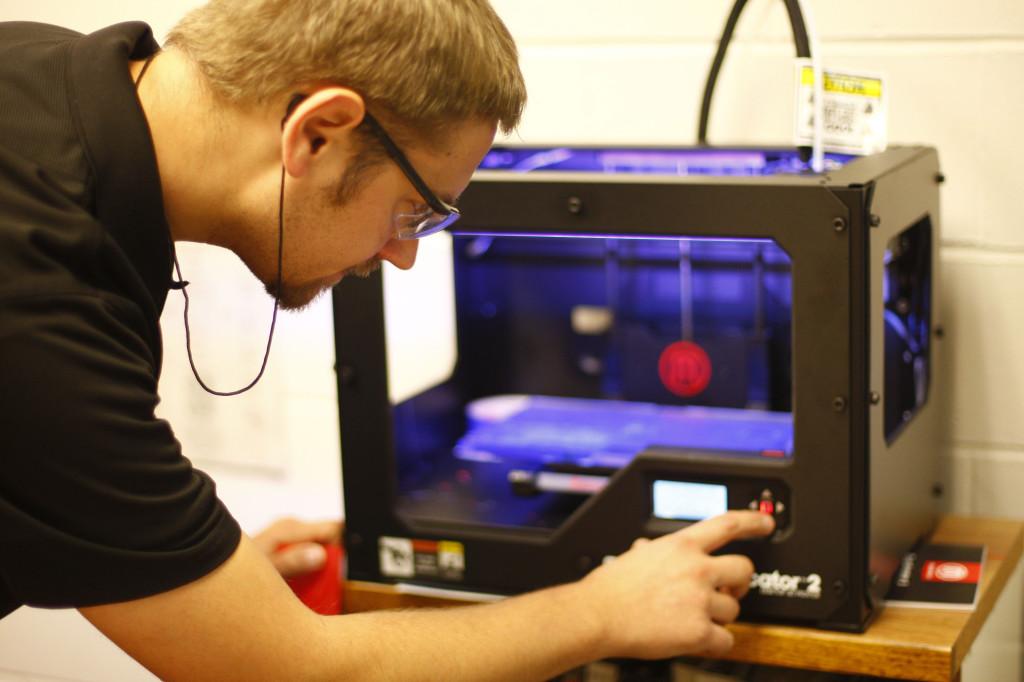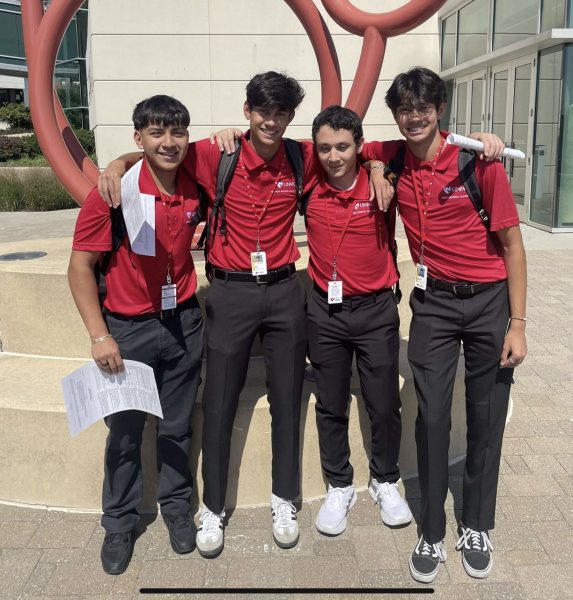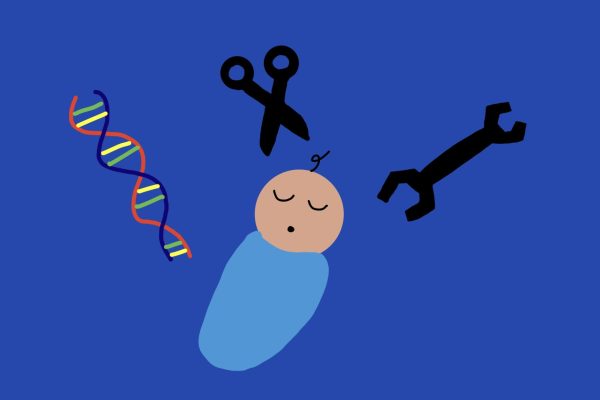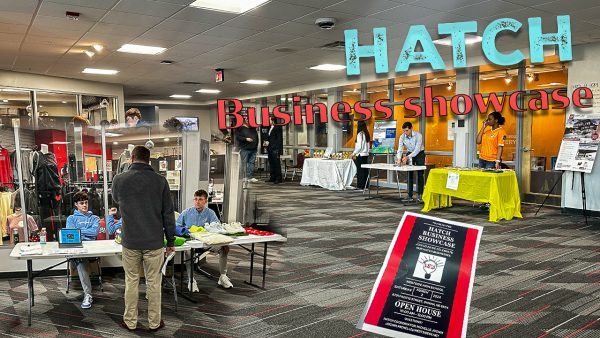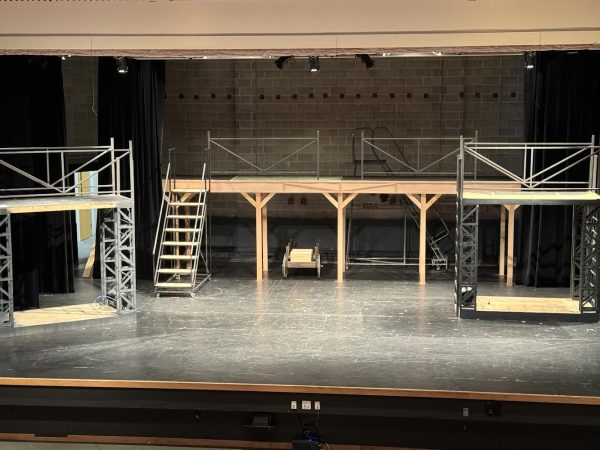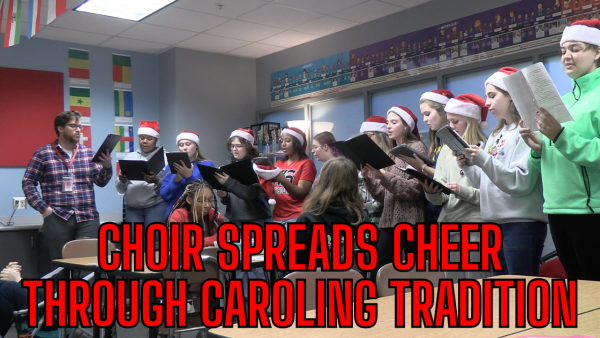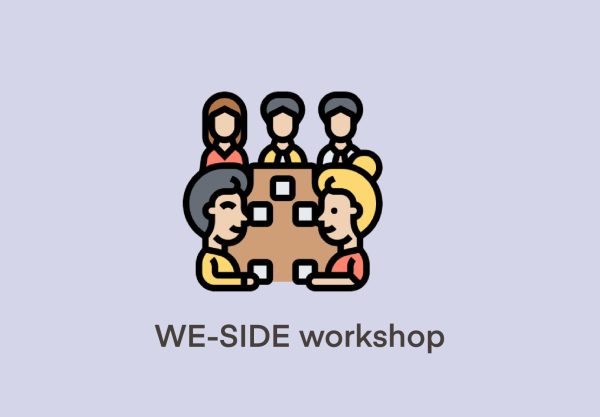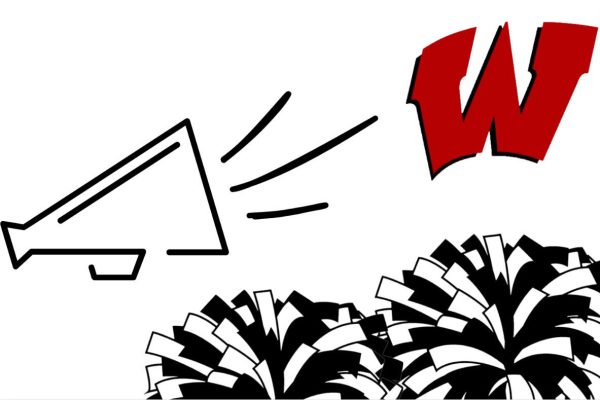Engineering & Technology Preview
Engineering and technology instructor Paul Cross uses the department’s 3D printer. The department first acquired the printer during the summer of 2013. Photo by Jakob Phillips
As students at Westside begin to select the courses these two weeks, Westside Wired is going to preview a different department each day. The Westside Wired staff hopes to help educate students on the changes within each department and also highlight less-known classes.
Westside’s engineering and technology (E&T) department is one of the few departments at Westside that offers mostly esoteric classes. Department head Gregg Ratliff knows this, and because of this, aims to help the kids with specialized interests make the most out of their E&T experience at Westside, and helping them build a better future for themselves.
“The nice thing about engineering and technology as an overall department, is we’re helping students prepare for the world outside of high school, and outside of college,” Ratliff said. “Helping the students select a college, helping them select a degree program to go into college, because it’s about finding a career. It doesn’t matter if you’re looking at being a medical doctor, or a biotechnical engineer, it’s all about helping students find the right career for them and experimenting, for free.”
Ratliff further explains the E&T department’s determination to help students in the form of an anecdote.
“I often tease parents that they owe me $10,000, because I helped their child steer in the right college direction, just by giving them opportunity,” Ratliff said.
Besides the hands-on and helpfulness from the E&T department instructors, the department itself is always looking to expand, adding three new courses just this year. Intro to Engineering (a replacement for former course Drafting I, as Ratliff pointed out), Intro to Robotics, and Robotics.
The robotics classes were added this year due in part to robotics club’s high membership and the robotics industry stating that high schools should have some sort of automated education program. “Robotics is the most common [automated education program],” Ratliff stated. But ultimately, the class was started to “expand the knowledge and abilities of students in science technology engineering and math (otherwise referred to as STEM) through robotics. It’s open to everybody,” Ratliff said.
But when asked what class is the department’s “best kept secret,” Ratliff immediately answered with systems technology.
“I teach lots of classes, and in my opinion, systems technology is the most exciting course we have,” Ratliff said. “It always stays a nice small enrollment of about 25 to 35 students, so your classes are smaller. Systems tech is all about problem solving in the world of technology, not specific to any one engineering discipline. Sometimes it’s independent, sometimes it’s in pairs. Sometimes students are given parameters, and other times the sky is the limit, but it’s all about ‘here’s the problem, now create a solution.'”
Ratliff looks forward to teaching all of his classes and better preparing his students to help function and manage elements that comprise our technology-filled world.
Your donation will support the student journalists of Omaha Westside High School. Your contribution will allow us to purchase equipment and cover our annual website hosting costs.


